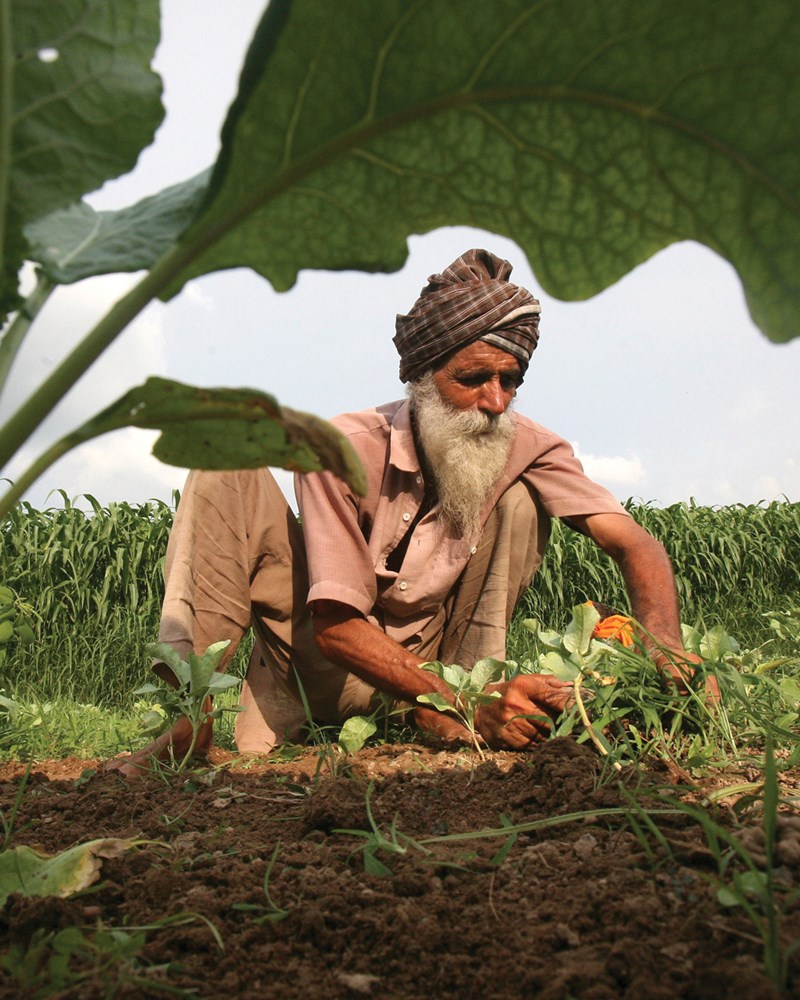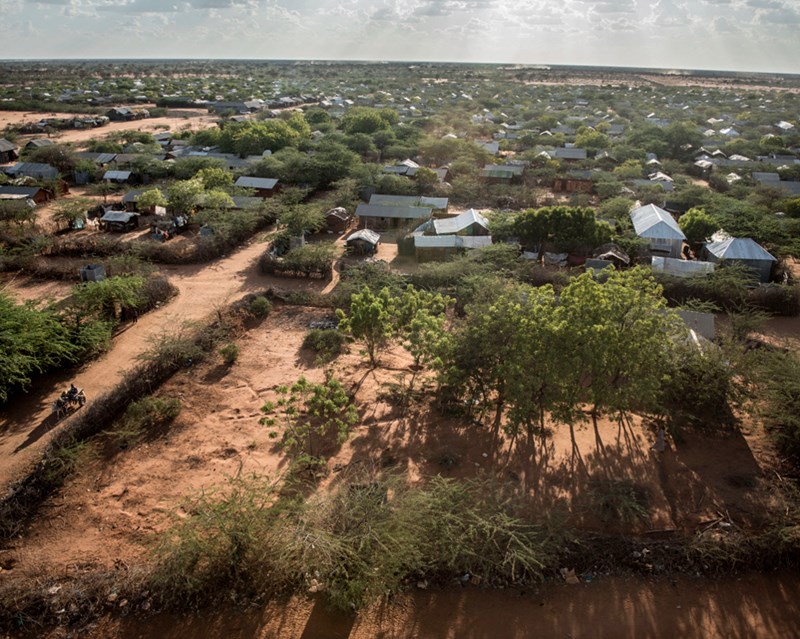Locusts are wreaking havoc in East Africa, destroying crops, pastures and livelihoods and threatening the food security of millions in a part of the world that already grapples with elevated levels of hunger and malnutrition.
Considered the most destructive migratory pest in the world, locusts can gather in numbers of up to 80 million in a single, vast swarm, covering an area of one square kilometre and consuming the same amount of food in one day as 35,000 people.
Somalia, South Sudan, Kenya, Djibouti, Uganda, and Ethiopia are all affected, paving the way for potentially critical food shortages. Forming swarms have also been reported within Iran, Yemen, and Pakistan.






